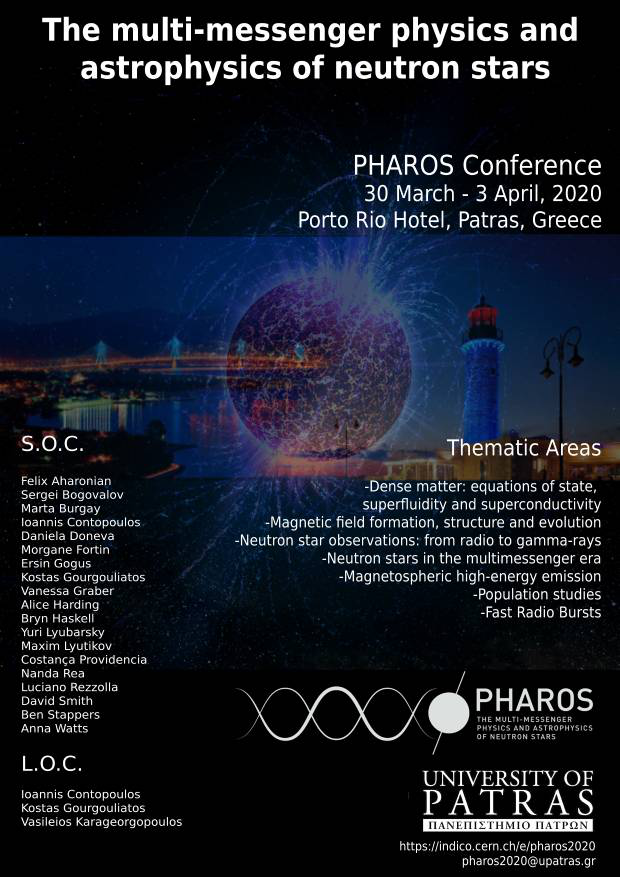Speaker
Description
In the near future, the large amount of new data that will be made available by SKA will allow us to determine neutron star properties with much smaller uncertainties and set strong constraints on the equation of state of stellar matter. Neutron stars will, as a consequence, become a real laboratory to test the nuclear force under extreme conditions of density, proton-neutron asymmetry and temperature. Light ($^2$H, $^3$H, $^3$He, $^4$He particles), and heavy (pasta phases) nuclei exist in nature not only in the inner crust of neutron stars (cold beta-equilibrium matter), but also in core-collapse supernova matter and neutron star mergers (warm stellar matter with fixed proton fraction). The appearance of these clusters can modify the neutrino transport, and, therefore, consequences on the dynamical evolution of supernovae and binary mergers, and on the cooling of proto-neutron stars, are expected. In this talk, the modification of the ground state properties of light clusters in the stellar medium is addressed, using chemical equilibrium constants evaluated from a new analysis of the (Xe+Sn) heavy-ion data measured by the INDRA collaboration. Three different reactions are considered, mainly differing on the isotopic content of the emission source. The thermodynamic conditions of the data samples are extracted from the measured multiplicities allowing for an in-medium correction. We show that this new correction, which was not considered in previous analyses of chemical constants from heavy ion collisions, is necessary, since the observables of the analysed systems show strong deviations from the expected results for an ideal gas of clusters. This experimental data set is further compared to a relativistic mean field model, and seen to be reasonably compatible with a universal correction of the attractive scalar $\sigma$ meson coupling.

